Flowers of hydrangea, commonly known as hortensia, the indicator of soil acidity
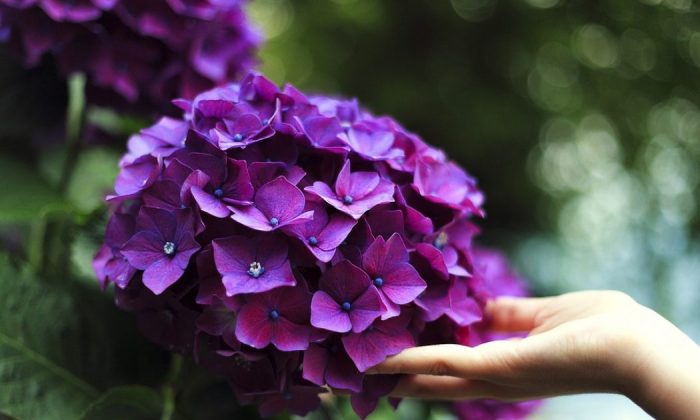
Everyone loves large spherical bundles of beautiful hortensia flowers. These deeply colored flowers will attract anyone and the fact that these colors take different shades based on the soil is quite unique. The colors actually signal the acidity of the soil. Did you know that?If we simplify this fact, we may say that hortensia will produce pink flowers in alkaline soils and blue in acidic soil.
Where does hortensia come from?
Hortensia (Hydrangea), comes originally from Japan, specifically from the island of Honshu. Here they grow in mountain forests or in areas where various scrubs are plentiful. In Japan, just like in China, hortensias have been cultivated for ages. Over time they have slowly spread all over the world. You can now find them in the Azores for example where they are very popular. These beautiful flowers saw Europe roughly at the beginning of the 19th century when Mr. Blanks brought them from China. And the origin of the name Hortensia? It is probably based on the name of Miss. Hortensia Barré, the lover of Mr. Commerson, who was exploring hortensias in China.
Photo: Pixabay
Mysterious blue flowers
Hortensias growing in the Azores are particularly interesting. It is here where we see that the color changes from pink to blue. This is caused by free aluminum ions. These act on a chemical contiained in hortensias called delphinine. In order to get even deeper dark blue color, people use potassium alum to water hortensias when they are beginning to bloom…
Photo: Pixabay
What about the soil pH and the color?
If the soil pH is between 3.5 and 4.5, the pink colored flowers begin to turn blue. If the soil pH ranges from 5.5 to 6.0, violet flowers turn into pink or red but unfortunately, at this range the plant can get chlorosis and its leaves may turn yellow…So, watch out for the range!
Preview photo: Pixabay

Gardening is my hobby, I have a lot of experience and I am happy to share it.
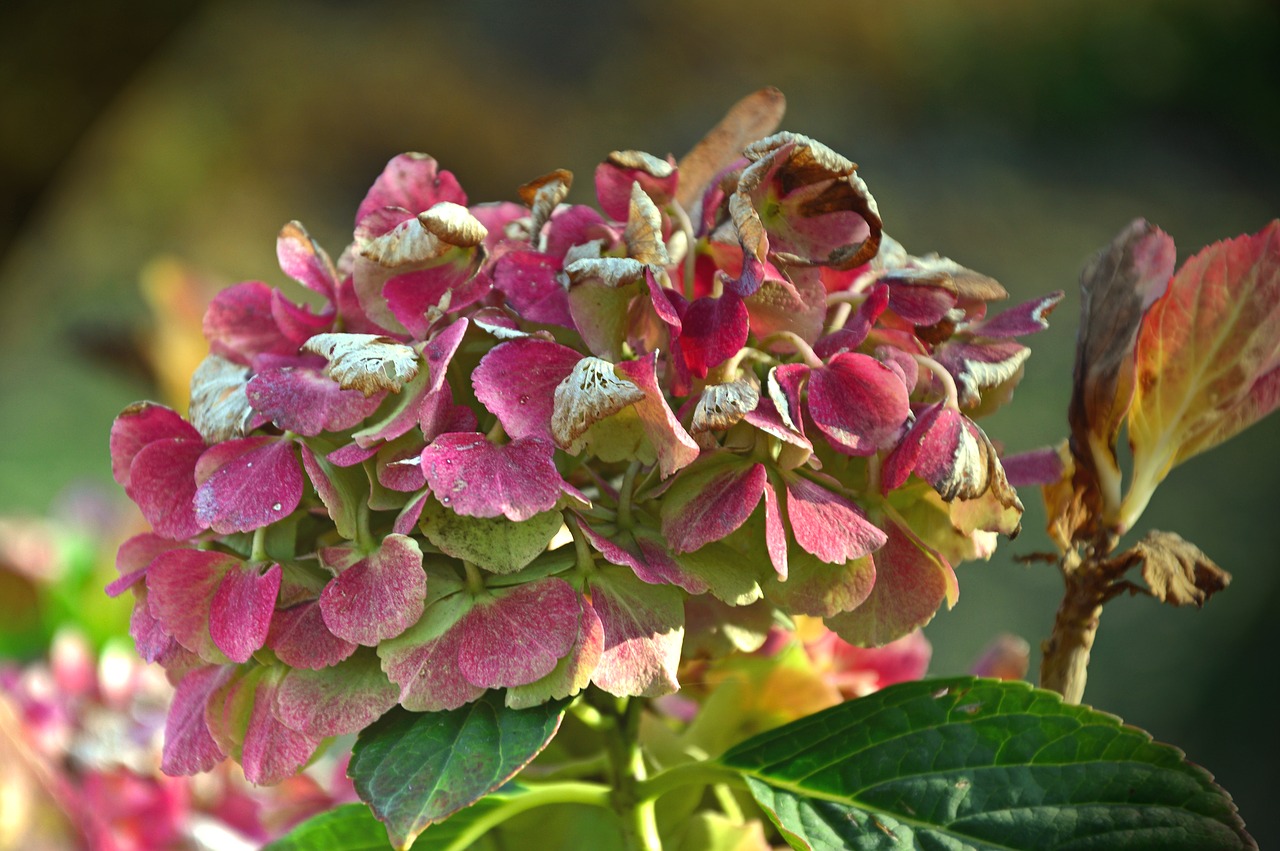
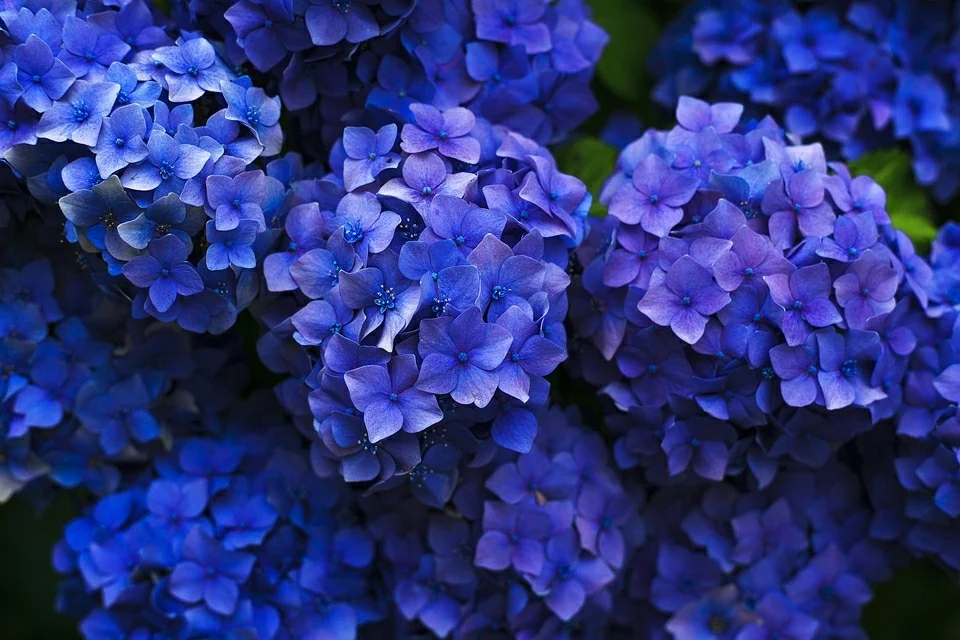



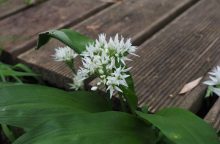
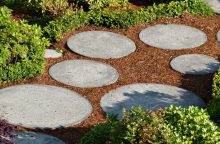
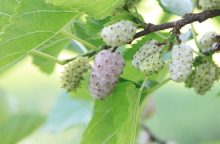


0 comments